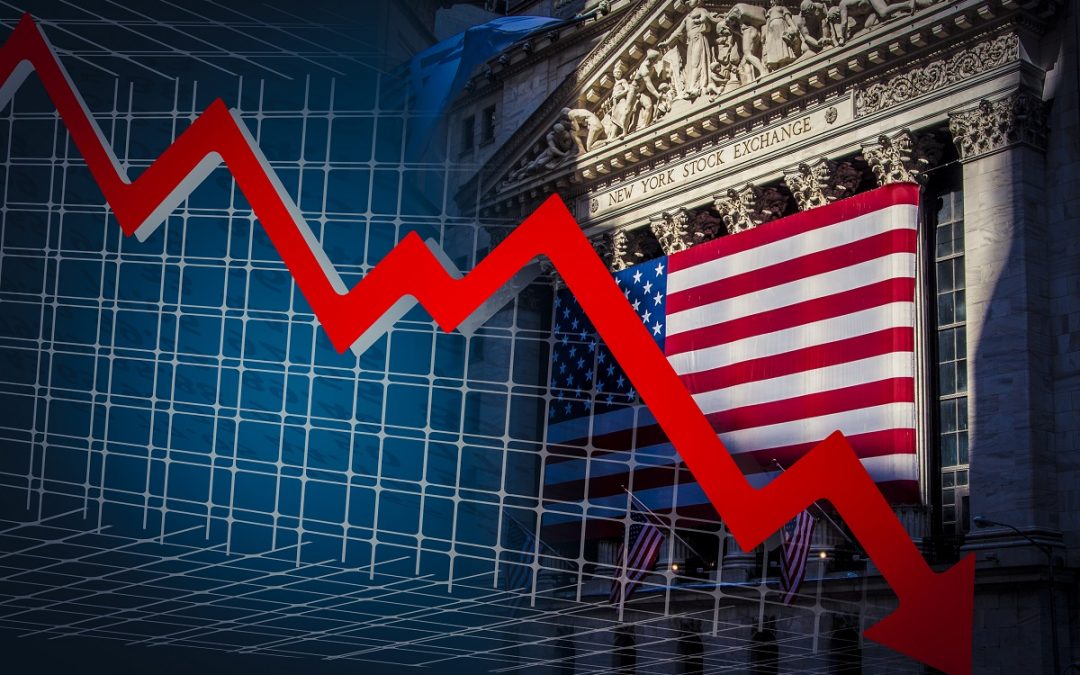Wall Street stocks have officially ended their worst year since the 2008 financial crisis.
2018 has set a record for the worst year for stocks in a decade, following a late-season collapse that’s likely to roll into 2019.
Major U.S. indexes ended the year making modest gains but still in the red on Monday with the S&P 500 down 6.2 percent, the Dow Jones Industrial Average 5.6 percent, and the Nasdaq down 4 percent.
December was a hard month for the market with the S&P 500 down 9 percent and the Dow down 8.7 percent, marking the worst December since 1931.
The year started off on a good foot after President Trump signed off on sweeping tax cuts in December 2017, but quickly turned volatile afterwards.
The Dow surged above 25,000 for the first time and then hit 26,000 less than two weeks later.
The market began to decline as a result of global economic slowdown and following Trump’s unpredictable international stances which has led to unease over a series of trade wars, particularly with China.
Rising interest rates and economists’ warning of slow growth and a possible recession also led to the economy’s decline towards the end of the year.
And the declines rapidly accelerated in the final weeks of 2018, erasing all the gains since January.
Concluding the year with losses is ‘astonishing,’ Manulife senior portfolio manager Nate Thooft told AFP. ‘From an investor perspective, it probably shakes them a bit.’
For his part, President Trump didn’t help.
As Wall Street wobbled, Trump turned up the heat on Fed Chairman Jerome Powell and his colleagues.
Intensifying criticism that had begun earlier in the year, Trump wondered aloud whether he had made the right choice in replacing former Fed Chair Janet Yellen with Powell and said over and over again that the central bank’s rate hikes were the biggest threat to the U.S. economy.
He went so far as to take on the Fed on Christmas Eve during a violent sell-off:
The only problem our economy has is the Fed. They don’t have a feel for the Market, they don’t understand necessary Trade Wars or Strong Dollars or even Democrat Shutdowns over Borders. The Fed is like a powerful golfer who can’t score because he has no touch – he can’t putt!
— Donald J. Trump (@realDonaldTrump) December 24, 2018
Trump’s strategy tying the stock market’s performance to the economy under his watch had always been a risky one, and with a potential bear market looming it became even riskier.
And it seemed the more he talked about the market, the worse things got, and investors continued to worry where the bottom would come.
